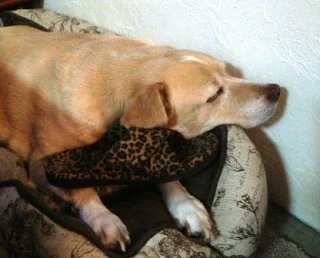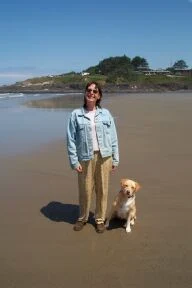During a four-year study, a pool of amateur forecasters of future events beat experts with classified information, and the amateur "Super-forecasters" were more accurate than the team of experts by 30%.
Conclusions from research published in Philip Tetlock’s “Superforecasting: The Art and Science of Prediction,” included the following:
- The most careful, curious, open-minded, persistent and self-critical—as measured by a battery of psychological tests—did the best.
- “What you think is much less important than how you think,” says Prof. Tetlock; superforecasters regard their views “as hypotheses to be tested, not treasures to be guarded.”
- Most experts—like most people—“are too quick to make up their minds and too slow to change them,” he says. And experts are paid not just to be right, but to sound right: cocksure even when the evidence is sparse or ambiguous.
You can read more about this in the WSJ article "The Trick to Making Better Forecasts." While the story focuses on monetary predictions, the approach to reasoning and decision making applies to our everyday lives.














